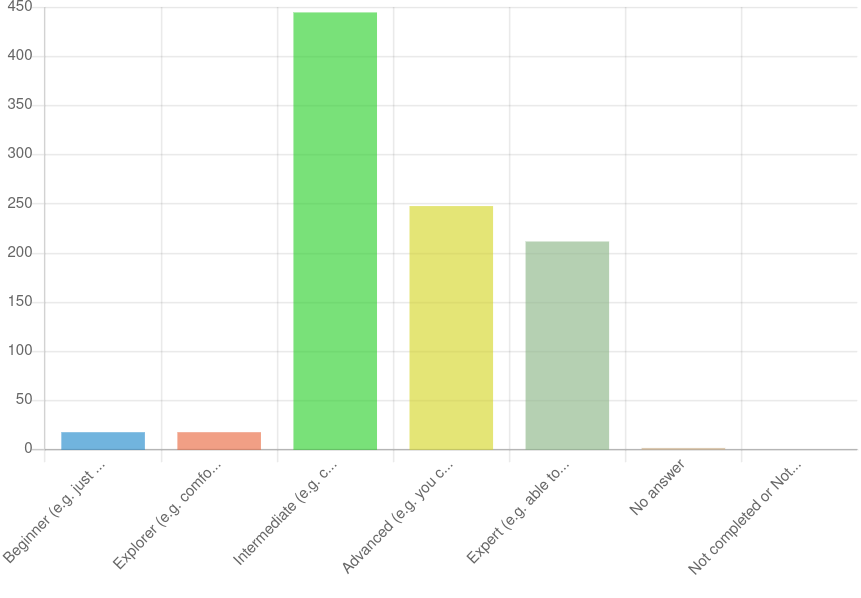Author:
Source
Sponsored:
Atlas of AI: Power, Politics, and the Planetary Costs of Artificial Intelligence - Audiobook

Uncover the true cost of artificial intelligence.
Listen now, and see the system behind the screens before the future listens to you. = > Atlas of AI $0.00 with trial. Read by Larissa Gallagher
A brief meta-note this morning: for the first time in 20 years, I
finally got around to updating the web design of
wingolog.org recently and wanted to share a bit
about that.
Back when I made the initial wingolog
design,
I was using the then-brand-new WordPress, Internet Explorer
6 was the most common web browser, CSS wasn’t very good, the Safari browser had
just made its first release, smartphones were yet to be invented, and
everyone used low-resolution CRT screens. The original design did use CSS instead
of tables, thankfully, but it was very narrow and left a lot up to the
user agent (notably font choice and size).
These days you can do much better. Even HTML has moved on, with
<article>
and
<aside>
and
<section>
elements. CSS is powerful and interoperable, with grid layout and
media queries and :has() and :is() and all kinds of fun selectors.
And, we have web fonts.
I probably would have stuck with the old design if it were readable, but
with pixel counts growing, the saturated red bands on the sides flooded
the screen, leaving the reader feeling like they were driving into
headlights in the rain.
Anyway, the new design is a bit more peaceful, I hope. Feedback
welcome.
I’m using grid layout, but not in the way that I thought I would. From
reading the documentation, I had the impression that the element with
display: grid would be a kind of flexible corkboard which could be
filled up by any child element. However, that’s not quite true: it only
works for direct children, which means your HTML does have to match the
needs of the grid. Grandchildren can take their rows and columns from
grandparents via subgrid, but only really display inside themselves:
you can’t pop a grandkid out to a grandparent grid area. (Or maybe you
can! It’s a powerful facility and I don’t claim to fully understand
it.)
Also, as far as I can tell there is no provision to fill up one grid
area with multiple children. Whereas I thought that on the root page,
each blog entry would end up in its own grid area, that’s just not the
case: you put the <main> (another new element!) in a grid area and let
it lay out itself. Fine enough.
I would love to have proper
side-notes,
and I thought the grid would do something for me there, but it seems
that I have to wait for CSS anchor positioning. Until then you
can use position: absolute tricks, but side-notes may overlap unless
the source article is careful.
For fonts, I dearly wanted proper fonts, but I was always scared of the
flash of invisible
text. It turns out
that with font-display: swap you can guarantee that the user can read
text if for some reason your fonts fail to load, at the cost of a later
layout shift when the fonts come in. At first I tried Bitstream
Charter for the body
typeface, but I was unable to nicely mix it with Fira
Mono without
line-heights getting all wonky: a <code> tag on a line would make that
line too high. I tried all kinds of adjustments in the @font-face but
finally decided to follow my heart and buy a font. Or two. And then
sheepishly admit it to my spouse the next morning. You are reading this
in Valkyrie, and the headings are
Hermes Maia. I’m pretty happy
with the result and I hope you are too. They are loaded from my server,
to which the browser already has a TCP and TLS connection, so it would
seem that the performance impact is minimal.
Part of getting performance was to inline my CSS file into the web pages
produced by the blog software,
allowing the browser to go ahead and lay things out as they should be
without waiting on a chained secondary request to get the layout.
Finally, I did finally break down and teach my blog software’s marxdown
parser
about “smart quotes” and em dashes and en dashes. I couldn’t make this
post in good faith without it; “the guy yammers on about web design and
not only is he not a designer, he uses ugly quotes”, &c, &c…
Finally finally, some recommendations: I really enjoyed reading Erik
Spiekermann’s Stop Stealing Sheep, 4th
ed.
on typography and type, which led to a raft of book purchases. Eric
Meyers and Estelle Weyl’s CSS: The Definitive Guide was very useful
for figuring out what is possible with CSS and how to make it happen.
It’s a guide, though, and is not very opinionated; you might find
Matthew Butterick’s Practical
Typography to be useful if you are
looking for pretty-good opinions about what to make.
Onwards and upwards!



